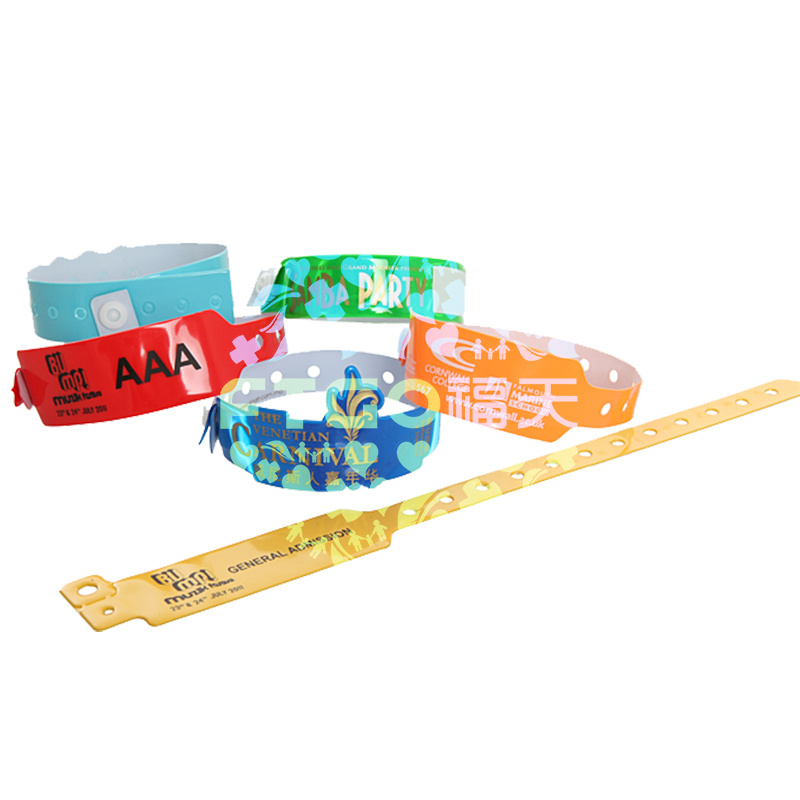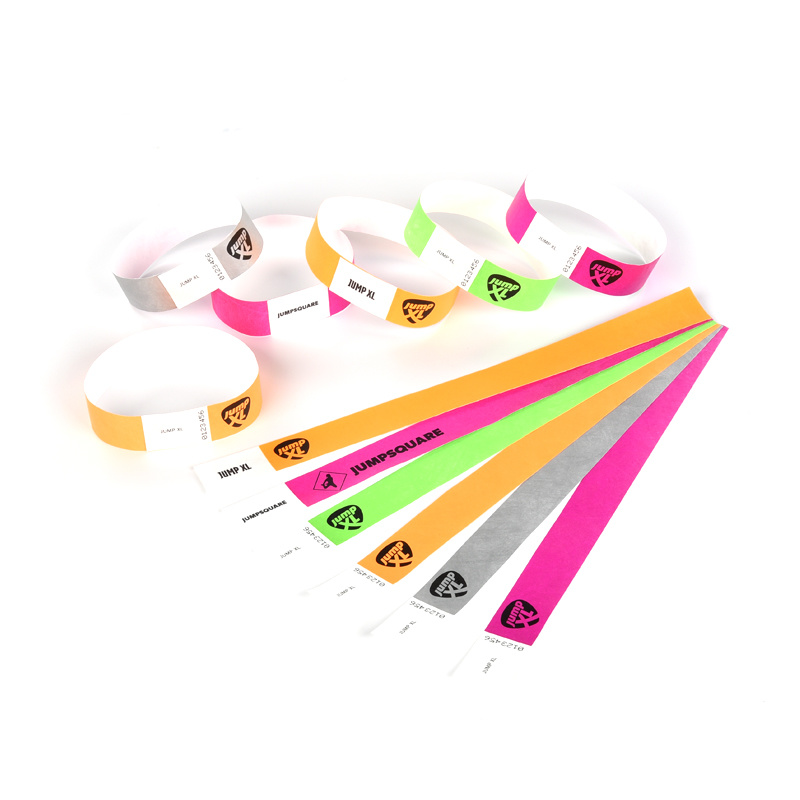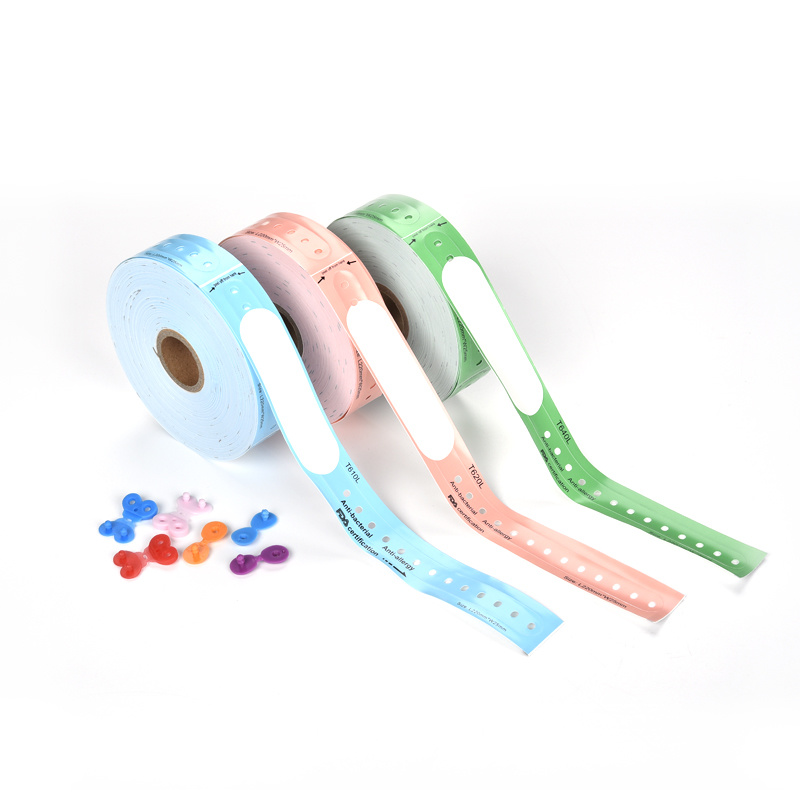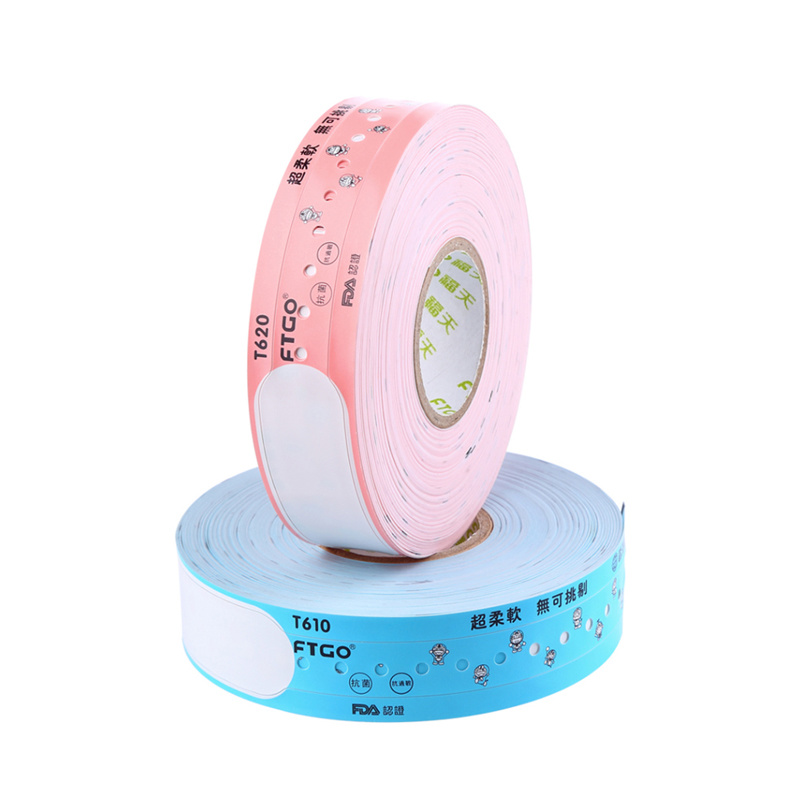EASY CUSTOMIZATION
FREE SHIPPING ON ORDERS ABOVE $99
SAFE AND SECURE
Water Park Wristbands: The Science, Tech, and Fun Behind Your Day at the Pool
Release time:
2025-03-11
Discover how water park wristbands revolutionize fun with RFID tech, cashless payments, and safety features.
Imagine stepping into a water park, the sun blazing overhead, the sound of laughter and splashing water filling the air. You’re handed a colorful wristband—nothing fancy, just a strip of plastic or silicone. But this little accessory is more than a ticket; it’s a gateway to a seamless, tech-driven adventure. From cashless payments to tracking lost kids, water park wristbands have evolved into a cornerstone of modern aquatic fun. In this deep dive, we’ll explore what they are, how they work, and why they’re revolutionizing the guest experience—complete with data, comparisons, and a peek into their future.
🌟 What Are Water Park Wristbands? A Quick Primer
Water park wristbands are wearable devices that serve as your all-in-one pass for entry, payments, and perks. Gone are the days of soggy paper tickets stuffed into swimsuit pockets. Today’s wristbands, often made from durable silicone or waterproof plastic, come equipped with features like RFID (Radio Frequency Idenqtification) or NFC (Near Field Communication) technology.
🔍 A Brief History: The shift from paper to wristbands began in the late 20th century as parks sought durable, water-resistant solutions. By the 2013s, RFID-enabled wristbands—pioneered by theme park giants like Disney with their MagicBands—brought a tech revolution to water parks worldwide. According to industry reports, over 60% of major U.S. water parks had adopted smart wristbands by 2023, a trend driven by guest convenience and operational efficiency.
📊Evolution of Water Park Entry Methods
| Era | Method | Pros | Cons |
| 1980s-1990s | Paper Tickets | Simple, low-cost | Easily lost, water damage |
| 2000s | Basic Wristbands | Durable, wearable | Limited functionality |
| 2010s-Present | RFID Wristbands | Multi-use, tech-enabled | Higher cost, tech reliance |
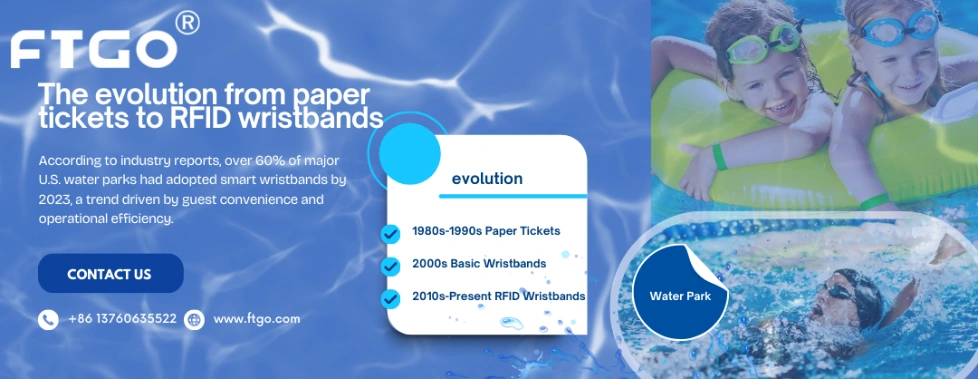
🛠️ Types of Water Park Wristbands: What’s on Your Wrist?
Not all wristbands are created equal. Depending on the park, your wristband might be a basic entry token or a high-tech gadget. Here’s a breakdown:
- Single-Day Wristbands 🌞
- Purpose: Grants access for one day.
- Features: Simple color-coding for date or age group.
- Example: A bright blue band for adults, yellow for kids.
- Multi-Day or Season Wristbands 📅
- Purpose: Covers multiple visits or an entire season.
- Features: Often reusable, sometimes with reloadable credits.
- Cost: Typically 20-40% more than single-day bands but offers savings for frequent visitors.
- RFID Wristbands 💳
- Purpose: Enables cashless payments, locker access, and ride tracking.
- Tech: Embedded RFID chips communicate with park systems.
- Adoption Rate: Used by 75% of large water parks globally (2024 estimate).
- VIP/Fast-Pass Wristbands ⭐
- Purpose: Provides perks like line-skipping or exclusive areas.
- Cost: Adds $10-$50 to standard admission, depending on the park.
- Appeal: Perfect for thrill-seekers who hate queues.
🔬 Data Insight: A 2022 survey by the International Association of Amusement Parks and Attractions (IAAPA) found that 82% of guests preferred RFID wristbands over traditional methods, citing speed and ease of use.
🚀 How Wristbands Enhance Your Water Park Experience
Wristbands aren’t just practical—they’re game-changers. Here’s how they elevate your day:
- Convenience 💡
No more fumbling for cash or cards in a wet swimsuit. Link your wristband to a credit card or preload funds, and you’re set for food, drinks, and souvenirs. - Safety 🛡️
Lost a kid in the crowd? Some parks use wristbands with GPS or RFID to locate guests, reducing panic. In 2023, a Texas water park reported a 30% drop in lost-child incidents after implementing smart wristbands. - Efficiency ⏱️
Skip the ticket booth lines. RFID wristbands scan in seconds, cutting entry times by up to 50%, per a 2024 study by ParkTech Solutions.
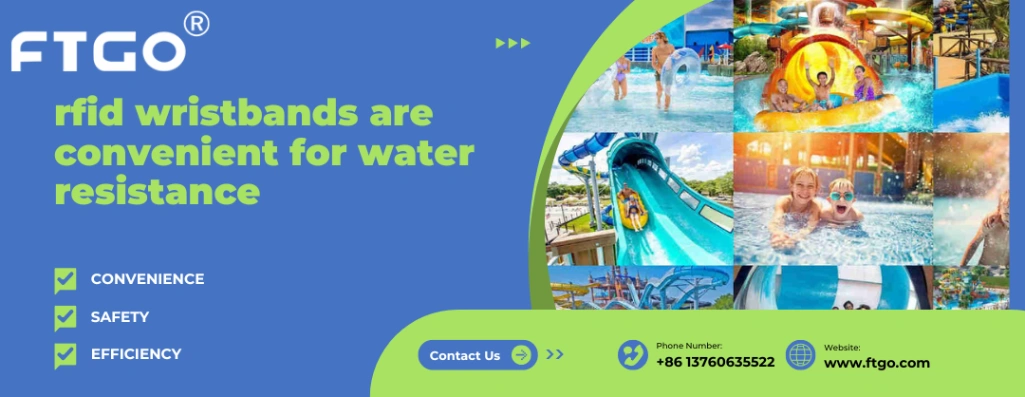
⚖️ Wristbands vs. Traditional Tickets: A Head-to-Head Showdown
Are wristbands truly superior to old-school tickets? Let’s compare:
📊 Wristbands vs. Tickets Comparison
| Feature | Wristbands | Tickets |
| Durability | Waterproof, tear-resistant | Prone to water damage |
| Convenience | Hands-free, multi-use | Requires carrying |
| Features | Payments, tracking, perks | Entry only |
| Cost | Higher initial investment | Cheaper for small parks |
| Guest Rating | 4.5/5 (survey average) | 3.2/5 (survey average) |
- The Case for Tickets: They’re simple and nostalgic. Small parks with tight budgets might stick to them, avoiding tech overhead.
- The Case for Wristbands: They win on versatility and durability. A 2023 case study from SplashZone Water Park showed a 15% revenue boost after switching to RFID wristbands, thanks to faster transactions.
Verdict: Wristbands edge out tickets for most modern parks, though tickets linger where simplicity trumps tech.
💰 Are Water Park Wristbands Worth It? A Cost-Benefit Breakdown
Wristbands sound great, but do they justify the price? Let’s analyze:
Costs
- Base Price: Often included in admission ($30-$60 average in 2025).q
- Add-Ons: VIP perks or cashless features might cost $10-$20 extra.
- Replacements: Lost a band? Expect a $5-$15 fee.
Benefits
- Time Savings: A 2024 ParkTech report estimates wristbands save guests 20-30 minutes daily on transactions and entry.
- Convenience: No wallet? No problem.
- Perks: VIP bands can cut ride wait times by 40%, per IAAPA data.
Who Benefits Most?
- Families 👨👩👧: Tracking features and group discounts (e.g., 10% off for 4+ bands).
- Solo Visitors 🏊: Speed and simplicity.
- Frequent Flyers 🎟️: Season passes with wristbands save 25-50% over daily tickets.
Downsides
- Tech Glitches: A 2023 outage at WaveWorld left 10% of guests locked out of lockers for an hour.
- Privacy: Smart wristbands collect data—ride habits, spending patterns—raising concerns for 18% of users (2024 survey).
Verdict: For most, the benefits outweigh the costs, especially at tech-savvy parks.
🔧 Top 5 Things to Know Before Using Water Park Wristbands
Heading to a water park? Here’s what you need to understand about your wristband:
- It’s Your Ticket—and More 🎫
Beyond entry, it might unlock lockers or track your ride count. Check its features at the gate. - Not All Bands Are Equal ⚙️
A basic band gets you in; an RFID one buys your lunch. Ask staff to clarify your type. - Save Time and Money 💸
Preload funds to avoid lines. Some parks offer 5-10% discounts on wristband-linked purchases. - Care Tips 🧼
They’re waterproof, but avoid twisting or overstretching. Lost or broken? Head to guest services—replacements are quick. - Safety Features 🚨
Smart bands can alert staff if a child wanders off. Opt-in if privacy isn’t a concern.
🌐 The Tech Revolution: How Wristbands Are Changing Parks
Wristbands aren’t just accessories—they’re part of a tech wave sweeping leisure industries. Disney’s MagicBands, launched in 2013, set the stage, and water parks followed suit. By 2025, RFID wristbands dominate, with 80% of top-tier parks using them for:
- Cashless Payments: 65% of transactions at major parks are now wristband-based (2024 IAAPA report).
- Crowd Control: Real-time data helps staff redirect guests from packed slides.
- Personalization: Some parks send post-visit stats (e.g., “You rode 7 slides!”).
🔬 Science Spotlight: RFID works via electromagnetic fields. A tiny chip in your wristband talks to scanners up to 10 feet away, making interactions lightning-fast.
🔮 The Future of Water Park Wristbands
What’s next? Experts predict big leaps:
- Biometrics 🖐️: Fingerprint or heartbeat sensors could replace RFID by 2030, enhancing security.
- Health Monitoring 🌡️: UV exposure alerts or hydration reminders, tested in prototypes since 2023.
- Sustainability ♻️: Parks like AquaVenture are trialing biodegradable wristbands, cutting plastic waste by 20% in 2024 pilots.
Challenges: Privacy remains a hurdle—25% of guests in a 2024 poll hesitated to use data-heavy bands. Cost is another factor; biometric upgrades could raise admission by $5-$15.
🎉 Conclusion: Your Wristband, Your Adventure
Water park wristbands have come a long way from their paper-ticket ancestors. They’re durable, versatile, and packed with tech that makes your day smoother, safer, and more fun. Whether you’re a family tracking toddlers, a solo rider skipping lines, or a park manager boosting revenue, these little bands deliver. Are they worth it? For most, yes—though tech hiccups and privacy concerns linger.
Next time you splash into a water park, take a second look at that wristband. It’s not just a pass—it’s a tiny marvel of science and design. What’s your take? Team wristband or team ticket?If you need wristband products, you can contact us.
previous page
Related News
Contact Us

